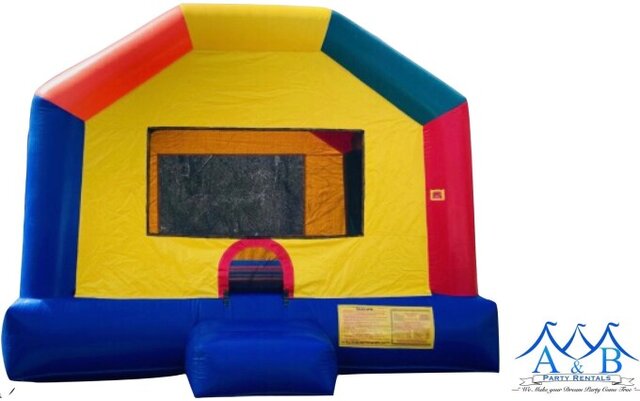Maryland (United States: MERR-il-əə nd) is a state in the Mid-Atlantic area of the USA. It surrounds the states of Virginia to its southern, West Virginia to its west, Pennsylvania to its north, and Delaware to its east, as well as with the Atlantic Sea to its eastern, and the nationwide capital and government area of Washington, D. C. to the southwest. With a total area of 12,407 square miles (32,130 km2), Maryland is the ninth-smallest state by land area, and its population of 6,177,224 rankings it the 18th-most heavily populated state and the fifth-most largely occupied. Maryland's resources city is Annapolis, and the state's most heavily populated city is Baltimore. Maryland's shoreline was very first checked out by Europeans in the 16th century. Prior to that, it was occupied by a number of Native American tribes, primarily the Algonquian peoples. Among the original Thirteen Nests, the District of Maryland was founded in 1634 by George Calvert, 1st Baron Baltimore, a Catholic transform who looked for to give a religious place for Catholics persecuted in England. In 1632, Charles I of England granted Lord Baltimore a colonial charter, calling the swarm after his spouse, Henrietta Maria. In 1649, the Maryland General Assembly passed an Act Worrying Religion, which enshrined the principle of toleration. Spiritual rivalry was common in Maryland's very early years, and Catholics remained a minority, albeit in greater numbers than in any type of various other English nest. Maryland's very early settlements and populace centers gathered around rivers that empty into the Chesapeake Bay. Its economic situation was heavily plantation-based and focused mostly on the farming of cigarette. Need for cheap labor from Maryland homesteaders caused the importation of numerous indentured servants and confined Africans. In 1760, Maryland's existing limits took form following the settlement of a long-running border dispute with Pennsylvania. A number of its people played crucial political and army duties in the American Revolutionary War. Although it was a servant state, Maryland stayed in the Union throughout the American Civil Battle, and its proximity to Washington D. C. and Virginia made it a substantial strategic place. After the Civil Battle ended in 1865, Maryland took part in the Industrial Change, driven by its seaports, railroad networks, and mass migration from Europe. Because the 1940s, the state's populace has grown rapidly, to about 6 million homeowners, and it is among one of the most largely booming U. S. states. As of 2015, Maryland had the greatest median household earnings of any state, owing in large component to its distance to Washington, D. C., and an extremely varied economy covering production, retail services, public administration, realty, college, infotech, defense having, healthcare, and biotechnology. Maryland is among one of the most multicultural states in the country; it is one of the seven states where non-Whites make up a majority of the populace, with the fifth-highest percent of African Americans, and high numbers of citizens born in Africa, Asia, Central America, and the Caribbean. The state's main duty in U. S. history is reflected by its holding of some of the highest possible varieties of historical spots per capita. The western section of the state contains stretches of the Appalachian Mountains, the central part is primarily made up of the Piedmont, and the eastern side of the state makes up a significant part of the Chesapeake Bay.Sixteen of Maryland's twenty-three regions, and the city of Baltimore, border the tidal waters of the Chesapeake Bay tidewater and its many tributaries, which combined complete more than 4,000 miles of coastline. Although among the smallest states in the U. S., it features a variety of environments and topographical attributes that have actually made it the tag of America in Miniature. Maryland's location, society, and history vary, consisting of elements of the Mid-Atlantic, Northeastern, and Southern regions of the nation.
.

